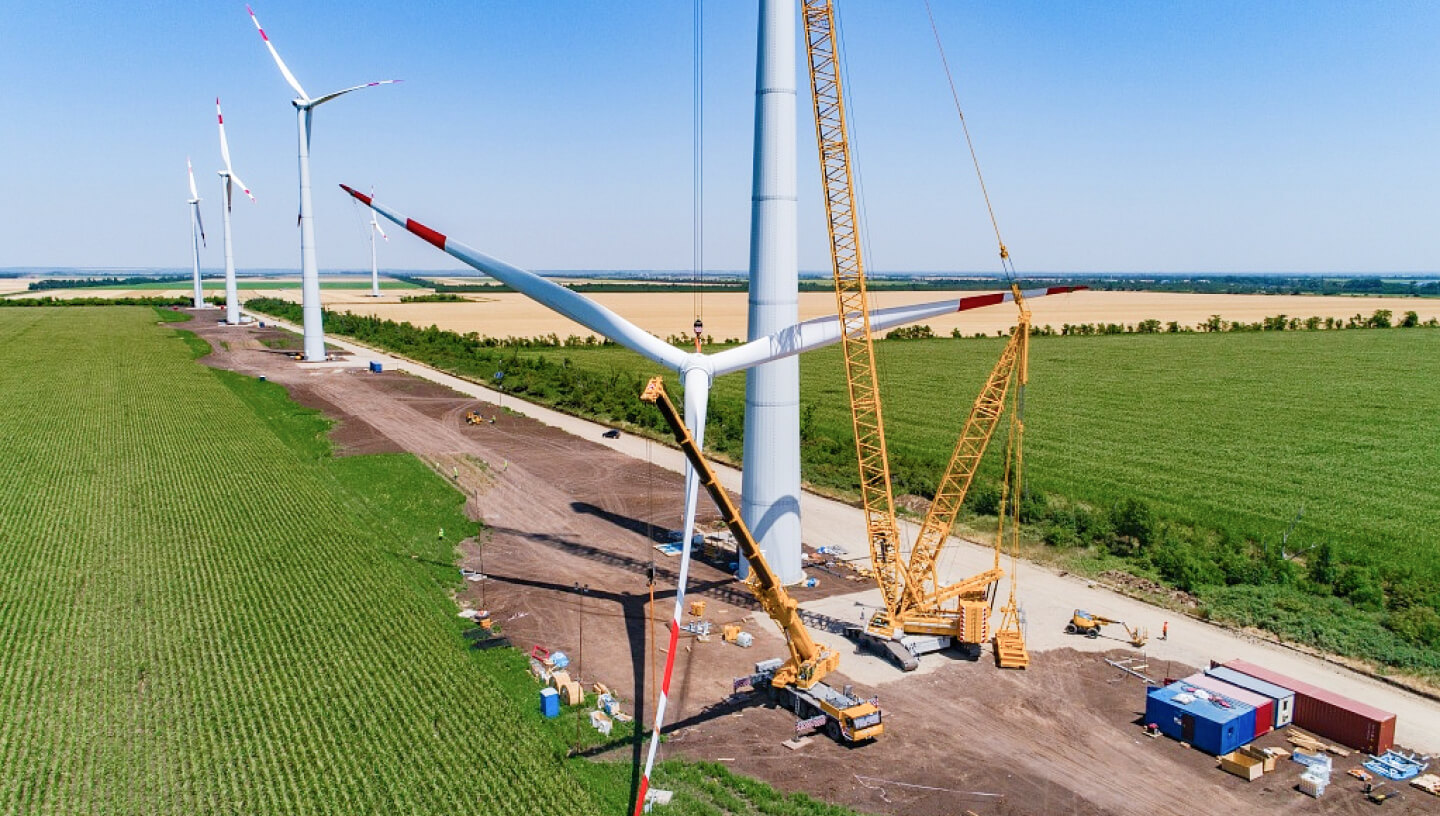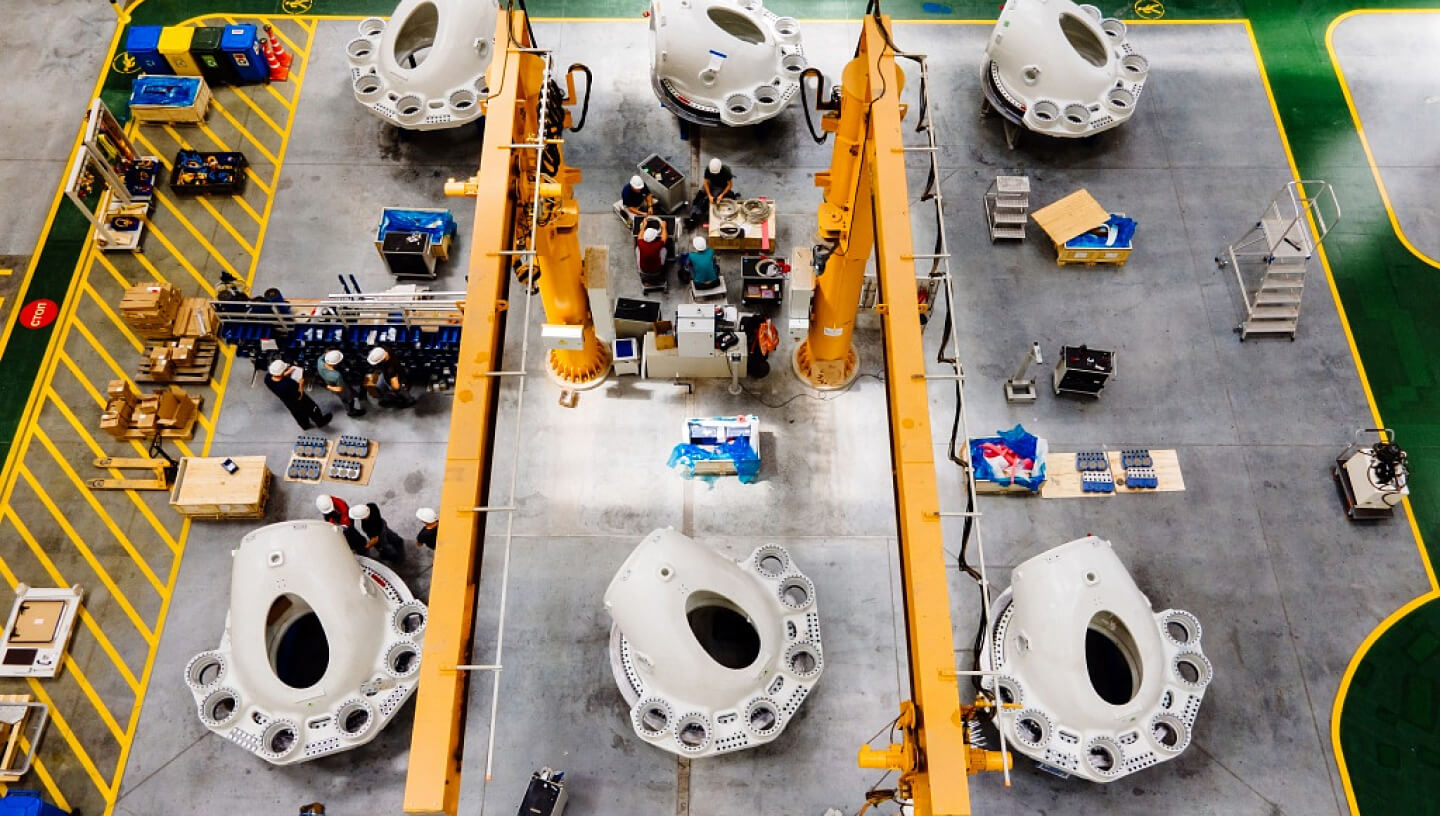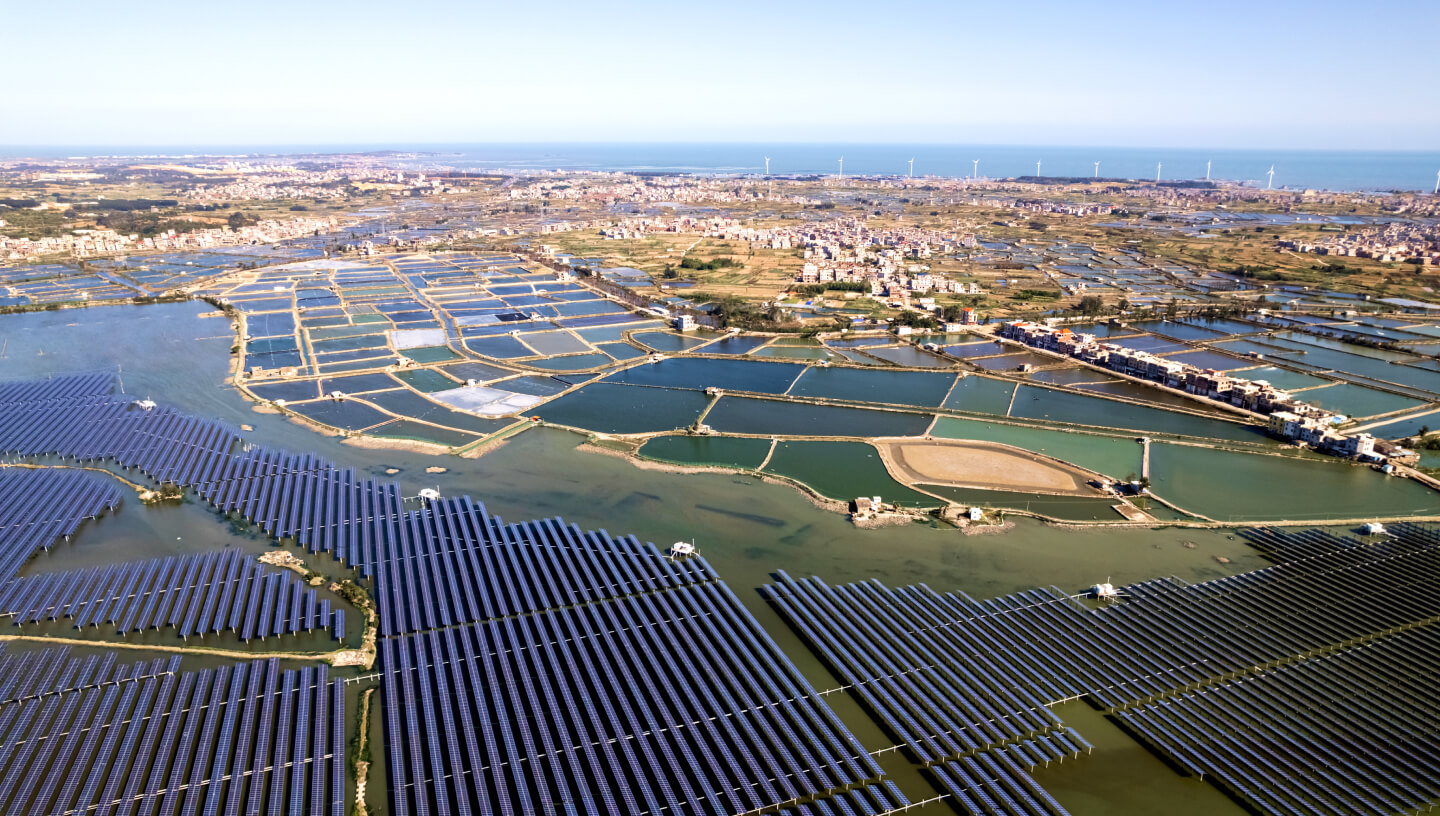The transition to a green economy is on the agenda of the UN and individual programmes in many countries around the world. This transition is not easy, as it takes a long time, requires significant investments, new developments, and reorganisation of virtually all spheres of society: from large industries to household details. But is the breakdown of the usual way of life really necessary? Are there alternatives?
The pollution of the environment by non-recyclable rubbish, industrial waste and car exhaust gases has taken on unprecedented proportions by the beginning of the 21st century. The need for change became apparent everywhere. Thus the idea of a transition to a green economy was born, which formed the basis of the United Nations Environment Programme’s (UNEP) global policy, adopted in March 2009.
What is a green economy
The theory of the green economy is based on three tenets: it is impossible to expand indefinitely in the limited space that is our planet; it is also impossible to require ever-growing needs to be met due to limited resources; and everything on the Earth’s surface is interconnected, especially natural data and human activities.
The transition to a green economy implies creating an economic system, linked to production and all other human activities, which will lead to increased human well-being in the long term without great risks of ecological disasters or future resource scarcity.
The transition to a green economy is expected to come from technologies, many of which are still under development. The Organisation for Economic Co-operation and Development (OECD) identifies two areas of necessary technologies for a green transition: general environmental management (i.e. waste management and pollution control) and renewable energy production (solar energy, biofuels, etc.), climate change mitigation, reducing harmful emissions, improving fuel efficiency, and energy efficiency in buildings and lighting fixtures.
 Photo: JSC NovaWind
Photo: JSC NovaWind
How much does it cost to switch to a green economy
Obviously, the global transformation of virtually all areas of the economy into a green economy requires considerable investment. However, not all countries — especially the Third World — will have the budget to organise it. At the moment it is difficult to estimate how much it will cost the whole world, or even individual countries, to “go green”. However, hypotheses are being put forward. Russian Deputy Prime Minister Andrei Belousov stated that economic restructuring in our country will cost 90 trillion roubles and take 28 years. This is well within the power of the Russian budget, as the amount is less than 3% of GDP per year. And considering that we are talking about the long term and environmental improvement, the transition project in Russia seems logical and very likely to happen as soon as possible.
China has already launched a blueprint for the country’s development model, prioritising green consumption and building infrastructure in the areas of clean energy, transport, construction, industry and so on. This initiative involves costs of 10–17.5 trillion yuan.
In recent weeks, against the backdrop of the energy crisis in Europe, estimates have emerged of the amount of investment for the green transition in EU countries. In August, at the XVII International Strategy Forum in Bled, Slovenia, the head of the European Commission (EC) Ursula von der Leyen announced that the EU would spend €300 billion on the transition to a green economy and phasing out dirty fossil fuels.
In general, the transition to a green economy in developed countries is already possible. As for developing and third world countries, private investment and international environmental programmes will make the transition to a greener human existence possible in the coming decades.
 Photo: JSC NovaWind
Photo: JSC NovaWind
Is there an alternative?
The general movement towards a green economy clearly sets the mainstream direction for the economy as a whole. But the difficulties of transition, the cost and the lack of technology make one wonder whether there is an alternative to a green economy at all, or at least for the intermediate stage.
In theory, there is an alternative — the circular economy. Its difference from the green economy is that this model does not involve the rejection of environmentally dirty fuels and non-sustainable consumption products, but rather options for recycling fuel waste, creating a type of production and consumption that includes sharing, renting, reusing, repairing, reclaiming and recycling existing materials and consumption products for as long as possible, that is, extending the life of those things that are already produced from non-sustainable materials.
Of course, the circular economy can be useful, for example, if it concerns household items — clothes, utensils, household and household goods. Recycling used fabrics, paper, plastic, metal or glass can actually reduce the consumption of primary resources. However, natural resources will still be consumed by people, and production will continue to create greenhouse gases and pollution. In addition, it is difficult to find options for using and recycling energy waste. CCUS, which captures black carbon from the air, is now appearing in the world’s most advanced industrial plants. It is supposed to be stored in reservoirs, but it is not yet known whether such carbon can be recycled into something usable.
In March 2020, the EU proclaimed the transition to a circular economy as an intermediate step towards a green economy. The aim of the European present is to prepare European economies for a complete restructuring of their customary patterns, to strengthen competitiveness while protecting the environment, and to ensure that production and consumption are maintained for as long as possible.
Thus, there is a conventional alternative to a green economy, but such an option as a circular economy will not solve all global environmental problems, but will only delay their solution for a supposedly short period of time.
So there are no equivalent alternatives to the “green” path after all. The course towards a green economy is set, and it is irreversible.
 Photo by: xiaoke chen / iStock
Photo by: xiaoke chen / iStock
Pioneers of a green economy and all-around
The first country to embrace the idea of a green economy as a national strategy was South Korea. Here, they are actively working to solve the problem of “dirty” energy and industry, green modes of transport are in operation, and almost all rubbish is recycled. In addition, the green space in the cities is expanding: parks are being opened and developed and rivers are being refurbished.
One of the leading countries in green innovation is China. Public investment in energy saving, renewable energy and IT development here far exceeds that in the US and Europe. China not only creates and puts into operation “green” installations (solar panels, wind turbines and others) but also sells them abroad. Now 40% of world exports of solar panels and 20% of wind turbines were made in China. In addition, China is actively developing nanotechnology, without which the modernisation of the economy in a “green” format is unthinkable.
Almost all EU countries and Russia have green programmes in energy, public transport and infrastructure development, and household waste recycling. Plans for the US transition to a green economy focus mainly on finding alternative energy options. In the US, as in Europe, more and more solar panels and wind generators are emerging and it is estimated that by 2030 they will generate 65% of the energy consumed in the country and 35% of the heat.
In many countries around the world, projects for the creation of eco-settlements have been appearing for a number of years, and they are partly being implemented. It is assumed that in such a settlement people will be able to live and fully provide themselves with heat and light without using polluting fuels and lead a zero-waste lifestyle. Currently there is already a global network of eco-settlements, which are still mainly pilot projects. Some of them are permanent residences, others are temporary stays. In Russia, the well-known eco-settlements are Grishino, Bolshoy Kamen, Nevo-Ekovil and others. In Europe the biggest quantity of eco-settlements is concentrated in Germany and Switzerland. Residents of eco-settlements meet at forums and conferences, share experience, accept new experimental technologies for testing. It is quite possible that eco-settlements have a great future, their number could grow considerably over time, reversing the current steady decline of villages and hamlets.
The green future
In March 2021, the United Nations Economic and Social Commission for Asia and the Pacific (UNESCAP) VIII Forum on Sustainable Development was held. During the round table “Environmental Responsibility as an Instrument for Achieving UN SDGs 8 and 17: Looking to the Future”, participants concluded: there are no alternatives to a green economy.
According to Andrei Panteleev, head of the Economic Policy Strategies Division at the ECE Macroeconomic Policy Department, the transition to a green economy should start with two tasks: changing habitual consumption patterns according to the importance of the environmental factor and finding economic incentives for green transformation. It is supposed that such incentives should be investments in green infrastructure, including water and sewage systems, alternative fuel-oriented public transport and, of course, technology.
With the transition to a green economy, the productivity of natural resources (forests, fisheries, farmland) should increase through better management of natural capital. And by improving the environment, the quality of human life and health will improve.
It is possible to ensure the transition to a green economy by reorganising state-owned and private enterprises, introducing special legislation, promoting innovation and creating all the conditions for a green life. But it is also important to communicate the need for change and to “educate” people to live differently than they are used to.
Author: Ekaterina Lidskaya
Cover photo: LeoPatrizi / iStock








Comments